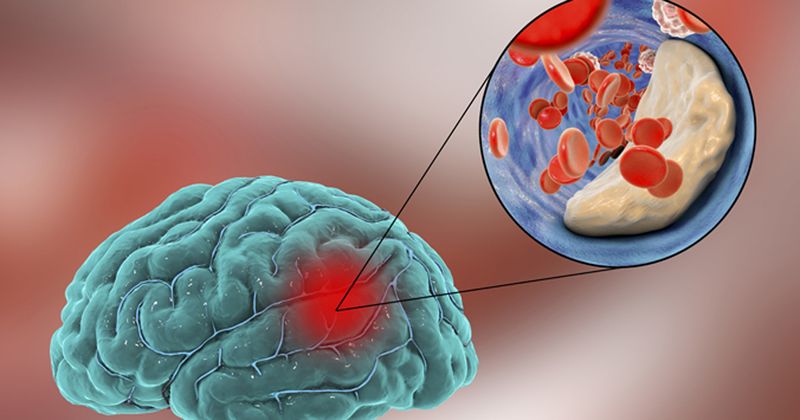Quality-of-care program improved clinician adherence to acute ischemic stroke guidelines
Implementation of an interactive training program increased clinician adherence to stroke guidelines and reduced the proportion of disabled or deceased patients with acute ischemic stroke, researchers reported in JAMA Network Open.
“Although evidence-based clinical stroke guidelines provide recommendations for stroke treatments, gaps exist between the guideline recommendations and clinical practice,” Yi Chen, MD, of the department of neurology at the Second Affiliated Hospital of Zhejiang University School of Medicine in China, and colleagues wrote.

Chen and fellow researchers sought to investigate whether a multilevel, quality-of-care program focused on improving clinician adherence to new guidelines for treating patients with acute ischemic stroke (AIS) could improve outcomes.
The quality improvement study was conducted from Aug. 1, 2018, to Jan. 31, 2020, and was divided into a six-month long pre-program term and short and long post-program terms. The primary outcome was compliance with 12 key performance indicators (KPIs), expressed as the percentage of patient-applicable KPIs achieved in each participant and percentage of participants for whom all applicable KPIs were reached. The secondary outcome was severe disability or death at discharge.
Researchers collected data during hospitalization and at discharge with an automated medical record data capture system in 58 public hospitals in Zhejiang province in China. Of 45,091 total patients (mean age, 69 years; 40.7% women), 28,721 from 30 hospitals followed the program, and 16,370 from 28 hospitals received standard care.
Results demonstrated that the program was associated with an increase in the absolute percentage of KPIs achieved per patient (6.46%; 95% CI, 5.49% to 7.43%) and decreased rate of severe disability or death at discharge (1.68%; 95% CI, 2.99% to 0.38%).
Data further revealed that the program was associated with an increase in KPIs achieved per patient per week (slope change in short-term period, 0.36%; 95% CI, 0.20% to 0.52%; level change in long-term period, 9.64%; 95% CI, 4.58% to 14.69%).
“This quality program model ... may serve as a model in a much broader range in the world for stroke care quality improvement,” Chen and colleagues wrote.
